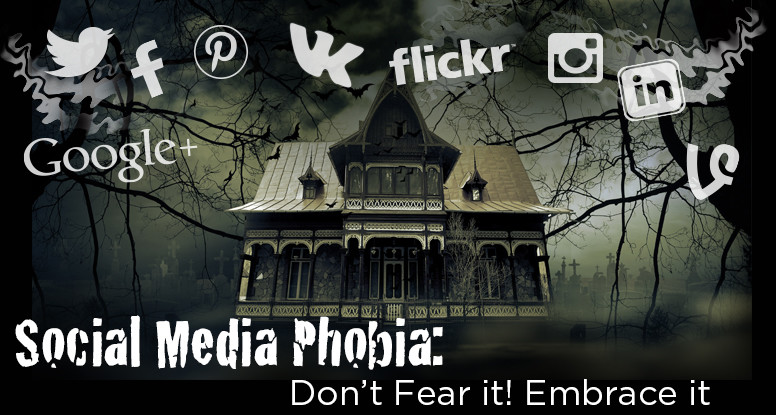
Social Media Phobia: Don’t Fear it! Embrace it
Facebook, Twitter, Instagram, etc.—they’ve been major game changers in how we communicate and reach people in the 21st century. For the non-profit sector, social media has become a great marketing tool. It has allowed them to reach more potential donors and has enabled them to effortlessly provide updates on how the contributions received are making an impact on the world.
Despite the many advantages of social media, some nonprofits tend to view it as an afterthought. Of course, they know they must keep up with social media to stay in the game; however, small budgets and tiny staff prevent them from using social media to their advantage.
What should an organization with limited resources do?
Well, there are several things actually:
- Work smart and be efficient – Use your time wisely. Every second counts, and as the old saying goes, “Time is money.” Even if it’s just 30 minutes a day, dedicate some time to your nonprofit’s social media accounts. Your donors, as well as the community, want to hear from you.
- Have a plan – Determine the goals you are trying to accomplish with your social media accounts. For example, are you building awareness for a particular program or event? Are you making an announcement or building brand awareness?
- Communicate – You can even have multiple goals that spread out over the year, but make sure you and your staff are on the same page and know what the goals are, and then be consistent.
- Keep it simple – There are many social media options out there, and I would bet money that there will be much more. There is a new one popping up every minute. Don’t get sucked in the next time you hear, “WHAT, you are not on ______?! You have to be on there; that is where I get all my leads.” It is better to have one or two social media outlets that you do well at than to have many that are watered down and weak. You might have to do some testing to figure this out, but this will save you time in the long run. You want to get the most bang for your time.
- Know your audience – Know whom you want to reach. Develop an audience profile or multiple profiles. This will help you make the right decisions. The primary question to ask is where does your audience spend most of its online time
– What other organizations have the same audience you do? This will help you narrow down your choices.
– What social media outlets are they on? Prefer?
– Where is my audience searching?
– What kinds of things do they care about? What frustrates them? - Create an editorial calendar – Plan out how often and when you want to post. This is also a good time to test when you get the most responses. Do some in the morning, afternoon, weekdays, and weekends. Schedule them out ahead of time. You can use tools like Hootsuite or Buffer to knock out all your posts for the month in one day.
- Assign someone to your social media accounts – Know who will own the role of keeping up with social media. This could be one or more people or a rotating position, but someone has to take ownership.
Which social media network is right for you?
Facebook
With over 1.3 billion users, Facebook is by far the largest social media network to date. Nearly half of all Facebook users are active each day. It’s ideal for nonprofits who want to connect with their current donors directly.
Twitter
Twitter is a real-time messaging service that is great for nonprofits because it fosters interaction and allows them to share news and post updates using the popular hashtag, in turn making your nonprofit more discoverable by other users. If you aren’t sure what hashtags are, think of them as keywords.
Instagram
This social media service is great for nonprofits that have a lot of visuals to showcase. Pictures can be represented in various ways here. Still, if you want to be on this platform, you must first consider whether you can post enough visually interesting images to keep your followers hooked.
LinkedIn
With more than 270 million users, LinkedIn is a force to be reckoned with. It’s ideal for building nonprofit-to-nonprofit connections. However, if you have business expertise that you’d like to share, you can create posts to share your business insights, which can raise levels of visibility for you and your small business.
Pinterest
Another fast-growing social media site, Pinterest, is becoming vital in online consumerism. While it’s great for lifestyle-related products like food, fashion, and home décor, it’s also great for nonprofits. It lets people pin and share photos from your posts.
A Final Word
The bottom line is you cannot do it all, and you shouldn’t have to. With a little planning and insight into your audience, you can be efficient and smart with your time and with your social media.
What social media avenue has worked best for your organization and why? We would love to hear from you. Please leave a comment or complete this contact form.

Keep on writing, great job!
Thank you!